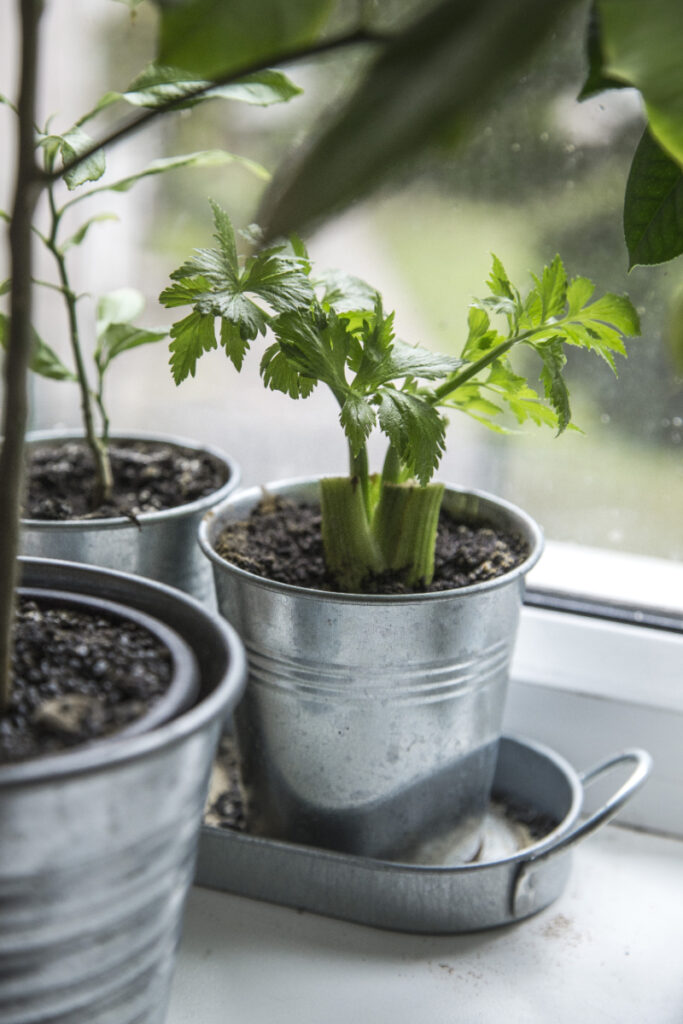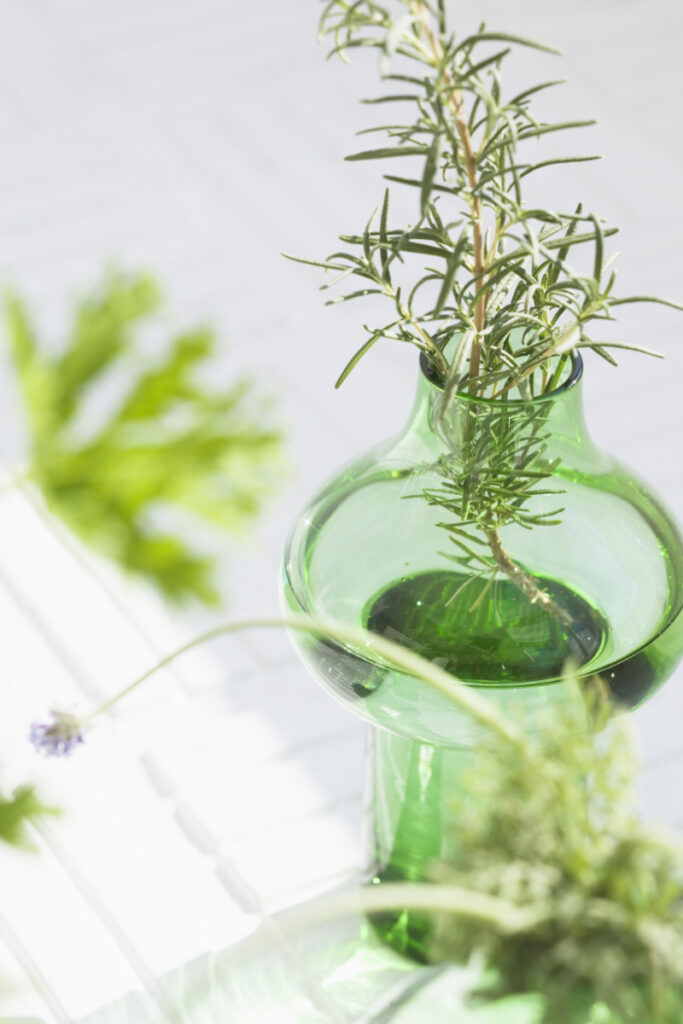Indoor Plants Without Sunlight: Top Solutions
I’ve always been fascinated by plants and their ability to bring life and color to any space. However, living in a small apartment with limited access to natural sunlight made it difficult for me to pursue my passion for gardening.
Determined to find a solution, I began researching ways to grow plants indoors without sunlight. To my delight, I discovered that it was not only possible but also surprisingly simple to create a thriving indoor garden, even in the darkest corners of my home.
As I embarked on this exciting journey, I learned about the different types of plants that can survive in low-light conditions, as well as the various artificial light sources that can effectively replace sunlight.
In this article, I’ll share my experiences and insights into how you, too, can create a lush, green oasis inside your home – no sunlight required!
Thriving Greenery in the Dark: My Journey to Growing Plants Indoors Without Sunlight

Choosing the Right Plants
One of the most critical factors in growing plants indoors without sunlight is choosing the right plants. Some species naturally thrive in low-light environments, making them perfect candidates for an indoor garden. Here’s a list of some of the plants I found to be particularly well-suited to growing indoors without sunlight:
Snake Plant (Sansevieria)
This hardy plant is known for its long, upright leaves and ability to tolerate low-light conditions. It’s also an excellent air purifier, making it a great addition to any indoor space.
Pothos (Epipremnum aureum)
Pothos is a popular trailing plant with heart-shaped leaves. It’s incredibly easy to care for and can adapt to a variety of lighting conditions, including low-light environments.
ZZ Plant (Zamioculcas zamiifolia)
With its thick, glossy leaves and sturdy stems, the ZZ plant is a low-maintenance option for those looking to grow plants indoors without sunlight. It can tolerate both low-light and fluorescent lighting conditions.
Peace Lily (Spathiphyllum)
This beautiful plant is known for its elegant, white flowers and ability to thrive in low-light conditions. It’s also an excellent air purifier, making it a lovely and functional addition to any indoor garden.
Spider Plant (Chlorophytum comosum)
The spider plant is another low-light loving plant with long, arching leaves that give it a unique appearance. It’s also easy to propagate, allowing you to quickly expand your indoor garden.
Artificial Light Sources
With the right plants selected, my next step was to find a suitable light source to replace natural sunlight. After researching various options, I discovered that artificial light sources could effectively support plant growth and even offer some advantages over natural sunlight. Here are the main types of artificial light sources I considered for my indoor garden:
Fluorescent Lights
These energy-efficient lights emit a broad spectrum of light that closely mimics natural sunlight. They’re available in different sizes and shapes, making them versatile and easy to incorporate into an indoor garden setup. I found that using T5 or T8 fluorescent tubes worked well for my plants, as they provided ample light without generating excessive heat.
LED Grow Lights
LED grow lights have become increasingly popular due to their energy efficiency and ability to produce a targeted light spectrum tailored for plant growth. I opted for full-spectrum LED panels, which provided my plants with a balanced mix of red, blue, and white light, promoting healthy growth and development.
Compact Fluorescent Lights (CFLs)
Like regular fluorescent lights, CFLs are energy-efficient and provide a broad spectrum of light. They’re available in various wattages and color temperatures, allowing you to customize the light environment for your plants. I used 6500K CFL bulbs, which produced a cool, daylight-like light that my plants responded well to.
After experimenting with different light sources, I ultimately chose a combination of LED grow lights and fluorescent lights to provide my plants with the optimal light environment.
By placing my plants at the appropriate distance from the light source and maintaining a consistent light schedule (typically 12-16 hours per day), I was able to ensure that my plants received adequate light to thrive and grow.
Optimizing Growing Conditions
In addition to providing artificial light, I also needed to create the ideal growing conditions for my plants. This involved maintaining proper temperature, humidity, and air circulation within my indoor garden. Here’s how I tackled each of these factors:
Temperature
Most indoor plants prefer temperatures between 65°F and 75°F during the day and slightly cooler temperatures at night. To maintain a consistent temperature in my indoor garden, I closely monitored the room’s temperature using a digital thermometer and made adjustments as necessary, such as opening windows or using a space heater.
Humidity
Many indoor plants require higher humidity levels than are typically found in most homes. To increase humidity around my plants, I placed them on trays filled with water and pebbles, used a humidifier, or misted the plants regularly. I also grouped my plants together, as this created a microclimate with higher humidity levels.
Air Circulation
Good air circulation is essential for preventing mold, mildew, and other issues that can arise in an indoor garden. I ensured that there was adequate airflow around my plants by placing them in a well-ventilated area and using a small fan to circulate the air.
Nutrients and Fertilizers
Just like outdoor plants, indoor plants need proper nutrients to grow and thrive. Since they don’t have access to the same nutrient sources as outdoor plants, I needed to provide them with the necessary nutrients through fertilizers. Here’s how I approached feeding my indoor plants:
Selecting the Right Fertilizer
I chose a balanced, water-soluble fertilizer formulated specifically for indoor plants. This ensured that my plants received the essential nutrients they needed, such as nitrogen, phosphorus, and potassium.
Understanding Plant Nutrient Needs
Different plants have varying nutrient requirements, so it’s essential to understand each plant’s specific needs. For instance, flowering plants generally require more phosphorus, while foliage plants need more nitrogen. I researched each of my plants’ nutrient needs to ensure they received the appropriate balance of nutrients.
Fertilizing Schedule
Over-fertilizing can harm plants, so I adhered to a regular fertilizing schedule based on the specific needs of my plants. For most indoor plants, fertilizing once a month during the growing season (spring and summer) and less frequently during the dormant season (fall and winter) is sufficient.
Monitoring Plant Health
I kept a close eye on my plants, looking for any signs of nutrient deficiencies or over-fertilization. Yellowing leaves, stunted growth, and poor flowering can all be indicators of nutrient imbalances. By promptly addressing these issues, I was able to maintain the overall health of my indoor garden.
Maintaining a Healthy Garden
To keep my indoor garden thriving, I developed a routine for monitoring and caring for my plants. Regular maintenance not only helped me catch potential problems early but also allowed me to develop a deeper connection with my plants. Here are the key components of my indoor plant care routine:

Watering
I established a consistent watering schedule based on each plant’s specific needs, taking care to avoid over- or under-watering. I checked the soil moisture regularly by sticking my finger about an inch into the soil – if it felt dry, I watered the plant.
Pruning and Grooming
Regularly pruning and grooming my plants helped maintain their shape, encourage new growth, and remove any dead or diseased foliage. I used clean, sharp pruning shears or scissors to remove any unwanted growth.
Cleaning Leaves
Dust can accumulate on indoor plant leaves, reducing their ability to photosynthesize effectively. To keep my plants healthy, I gently wiped their leaves with a damp cloth or soft sponge.
Pest Control
Although indoor plants are less susceptible to pests than outdoor plants, they can still be affected by common pests like aphids, spider mites, and mealybugs. I inspected my plants regularly for signs of pests and treated any infestations promptly using natural remedies like neem oil or insecticidal soap.
Rotation
Rotating my plants occasionally ensured that they received even light exposure, preventing them from leaning or growing unevenly.
Troubleshooting Common Problems
Despite my best efforts, I occasionally encountered challenges and setbacks while growing my indoor garden. However, with some research and perseverance, I was able to overcome these obstacles and learn valuable lessons along the way. Here are some common problems I faced and how I addressed them:
Leggy or Stretched Plants
When plants don’t receive enough light, they can become leggy or stretched as they reach for the light source. To address this issue, I adjusted the placement of my plants, moving them closer to the artificial light source or increasing the intensity of the light.
Yellowing Leaves
Yellowing leaves can be a sign of several issues, such as over-watering, under-watering, or nutrient deficiencies. I carefully assessed my plants’ care routines and made any necessary adjustments to resolve the problem.
Dropping Leaves
Indoor plants may drop leaves in response to changes in temperature, humidity, or light levels. I monitored the environmental conditions around my plants and made any necessary adjustments to maintain consistent temperature, humidity, and light levels.
Slow Growth or No New Growth
Slow or stunted growth could be a sign of inadequate light, improper watering, or nutrient deficiencies. I reviewed my plants’ care routines and made adjustments as needed, such as increasing the light intensity, adjusting the watering schedule, or applying fertilizer.
Root Rot
Over-watering can cause root rot, a condition where the roots become waterlogged and start to decay. To prevent root rot, I ensured proper drainage by using pots with drainage holes and a well-draining potting mix. If I noticed signs of root rot, I carefully removed the affected plant from its pot, trimmed away the damaged roots, and repotted the plant in fresh, well-draining soil.
Conclusion
Growing plants indoors without sunlight has been a rewarding and fulfilling journey for me. Not only have I been able to transform my living space into a lush, green oasis, but I’ve also gained valuable knowledge about plant care and developed a deeper appreciation for the resilience of nature.
My indoor garden has become a sanctuary, providing me with a serene space to unwind and escape from the stresses of daily life. The process of caring for my plants has taught me patience, attentiveness, and adaptability – skills that have translated to other areas of my life as well.
If you’re considering starting your own indoor garden without sunlight, I wholeheartedly encourage you to take the plunge. With some research, persistence, and a little bit of trial and error, you too can create a thriving, sunless garden that brings beauty and tranquility into your home.